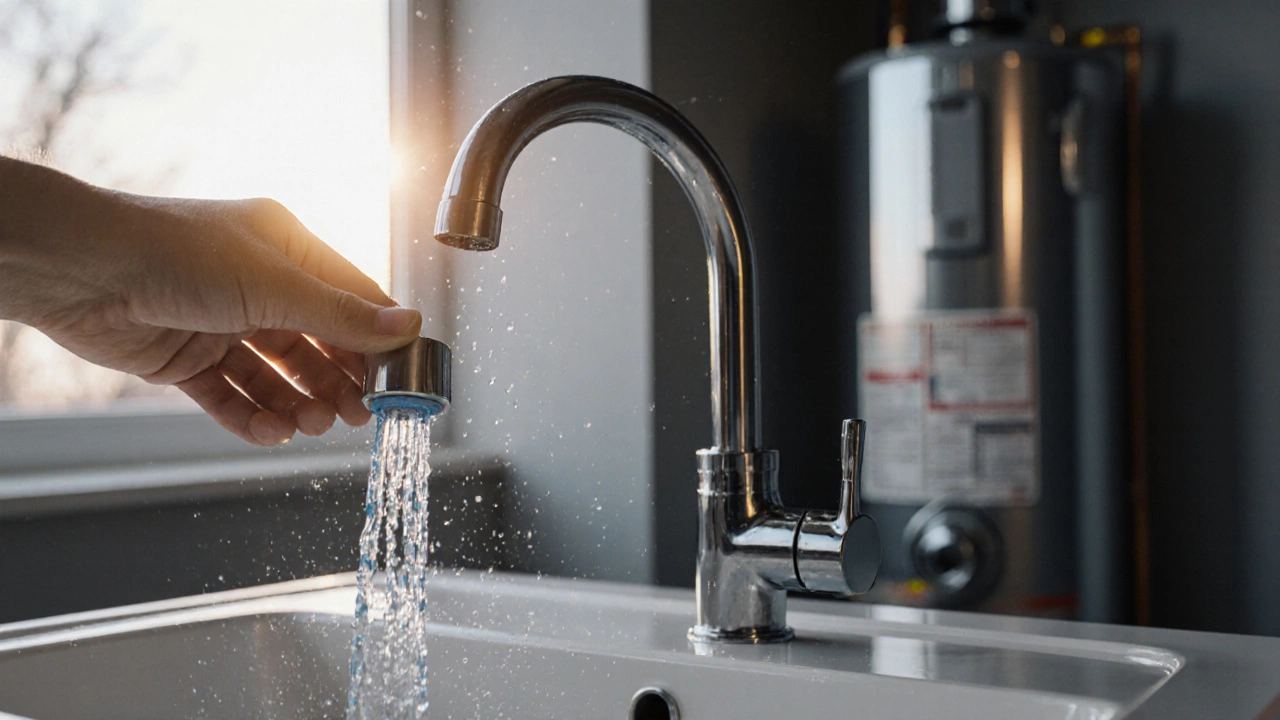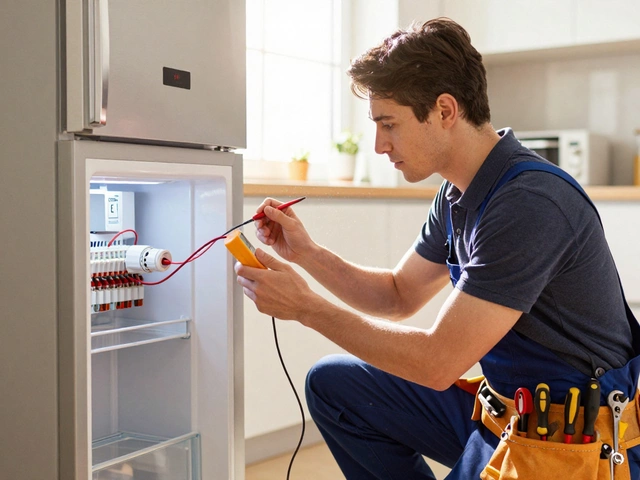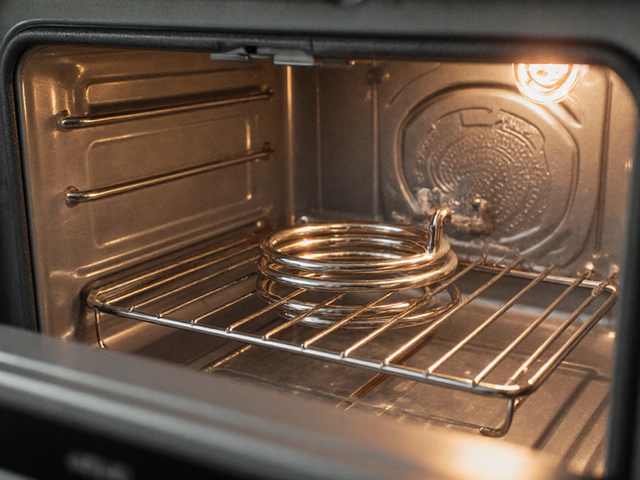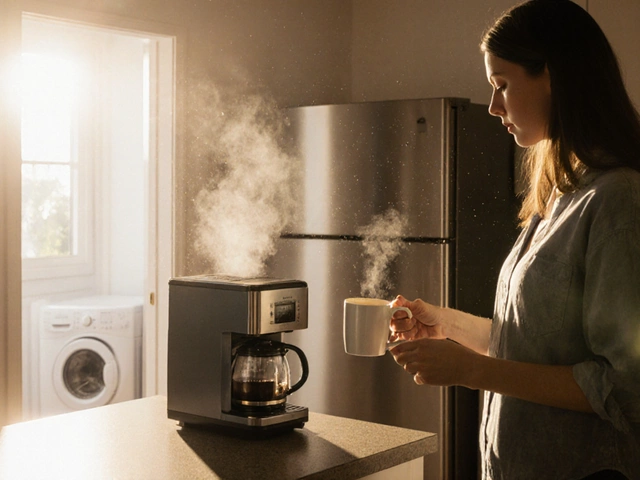Hot Water Heater Troubleshooter
Select Your Symptom
Your Likely Issue
Ever turned the tap on and got a cold blast instead of the promised hot shower? A hot water heater stop working moment can feel like a mini disaster, especially on a chilly Auckland morning. Before you call in a professional, let’s walk through the most common culprits, how to spot them, and which fixes you can safely try yourself.
What Exactly Is a Hot Water Heater?
Hot water heater is a device that heats and stores water for domestic use, typically powered by electricity or natural gas. It consists of a tank, heating elements or a burner, and a set of safety components that keep the system running smoothly. Whether you have an electric model under the kitchen sink or a gas‑fired unit in the garage, the basic anatomy is surprisingly similar.
Top Reasons a Hot Water Heater Suddenly Stops Working
- Power loss or tripped circuit breaker - The simplest explanation is that the unit isn’t getting electricity.
- Faulty thermostat - If the thermostat can’t sense temperature, it won’t tell the heating element or burner to turn on.
- Burner or pilot‑light failure (gas models) - A blown out pilot or a clogged gas valve cuts off heat instantly.
- Burned‑out heating element (electric models) - Elements age, especially in hard‑water areas like Auckland.
- Tripped high‑temperature safety switch - Overheating triggers the cut‑off to prevent explosions.
- Blocked or broken dip tube - Cold water bypasses the heating zone, leaving the tank lukewarm.
- Excessive sediment buildup - Sediment insulates the water from the heat source, causing premature failure.
- Failed pressure‑relief (T&P) valve - If the valve sticks, the system can shut down to avoid over‑pressure.
- Corroded anode rod - Without a healthy anode, the tank walls deteriorate and leak.
Step‑by‑Step Troubleshooting Guide
- Check the power source. Open the breaker box and look for a tripped breaker labeled “Water Heater.” Reset it and see if the unit powers up.
- Inspect the thermostat. For electric heaters, locate the two thermostats (upper & lower). If they feel loose or you notice scorch marks, they likely need replacing.
- Test the heating element. Turn off power, remove the access panel, and use a multimeter. An open circuit (infinite reading) means the element is dead.
- For gas units, examine the pilot light. If it’s out, relight according to the manufacturer’s instructions. If it won’t stay lit, the thermocouple is probably bad.
- Look for error codes. Many modern units flash a blinking LED. Refer to the manual; a steady blink often points to a high‑temp cut‑off.
- Flush the tank. Sediment can be cleared by connecting a garden hose to the drain valve and running water until it runs clear. Do this annually.
- Check the dip tube. If you notice cold water at the top of the tank during a hot‑water draw, the dip tube might be ruptured and needs replacement.
- Inspect the T&P valve. Lift the lever; water should flow out. If not, replace the valve-it's a critical safety component.
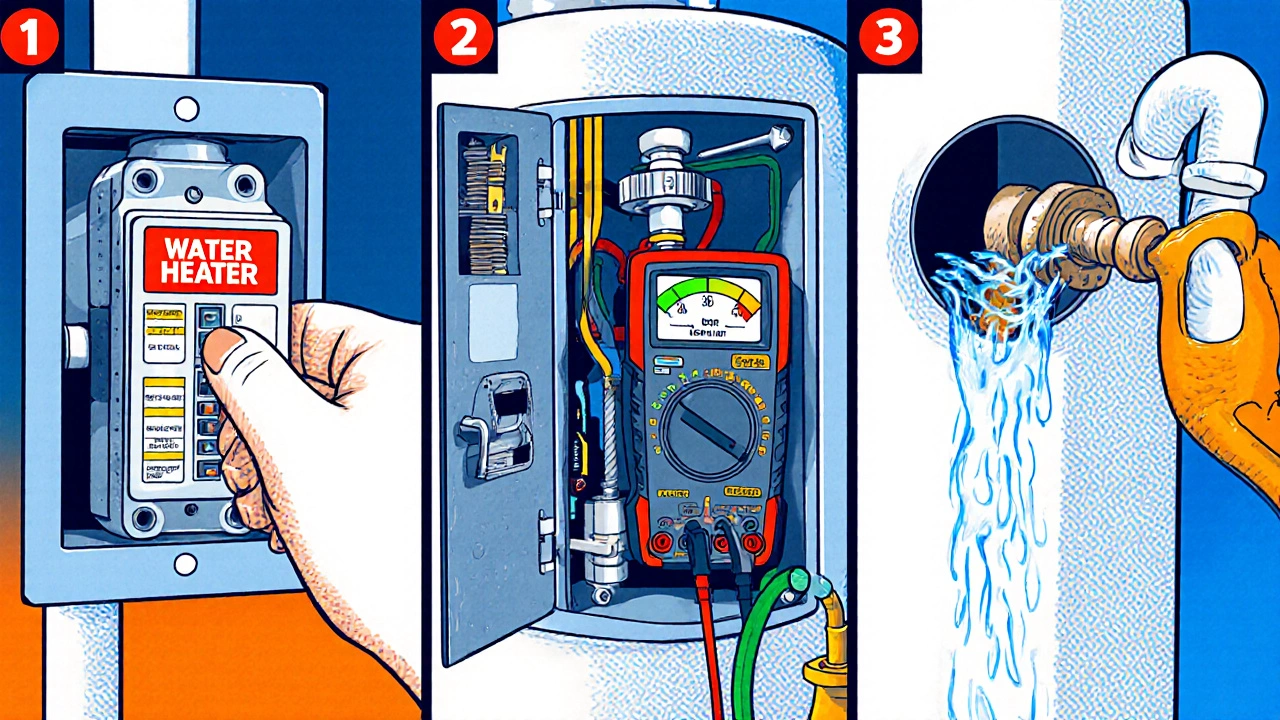
When to Call a Professional
Even if you’re handy, certain tasks are better left to licensed tradespeople:
- Replacing a gas valve or adjusting gas pressure.
- Working on the electrical wiring inside the heater’s control box.
- Replacing a corroded tank or anode rod when the tank shows signs of leakage.
- Any repair that requires a permit or inspection under Auckland’s building code.
Attempting these without proper training can void warranties, breach safety regulations, or even cause a fire.
Comparison Table: Symptom vs Likely Cause
| Symptom | Probable Cause | Suggested Fix |
|---|---|---|
| No hot water at all | Tripped circuit breaker or blown fuse | Reset breaker; replace fuse if needed |
| Water is warm but not hot | Burned‑out heating element or pilot light out | Test/replace element; relight pilot |
| Strange noises (popping, rumbling) | Sediment buildup | Flush the tank; consider a water softener |
| Leaking from the bottom | Corroded tank or faulty T&P valve | Replace tank or valve; call a pro |
| Cold water at the top of a hot‑water draw | Ruptured dip tube | Replace dip tube |
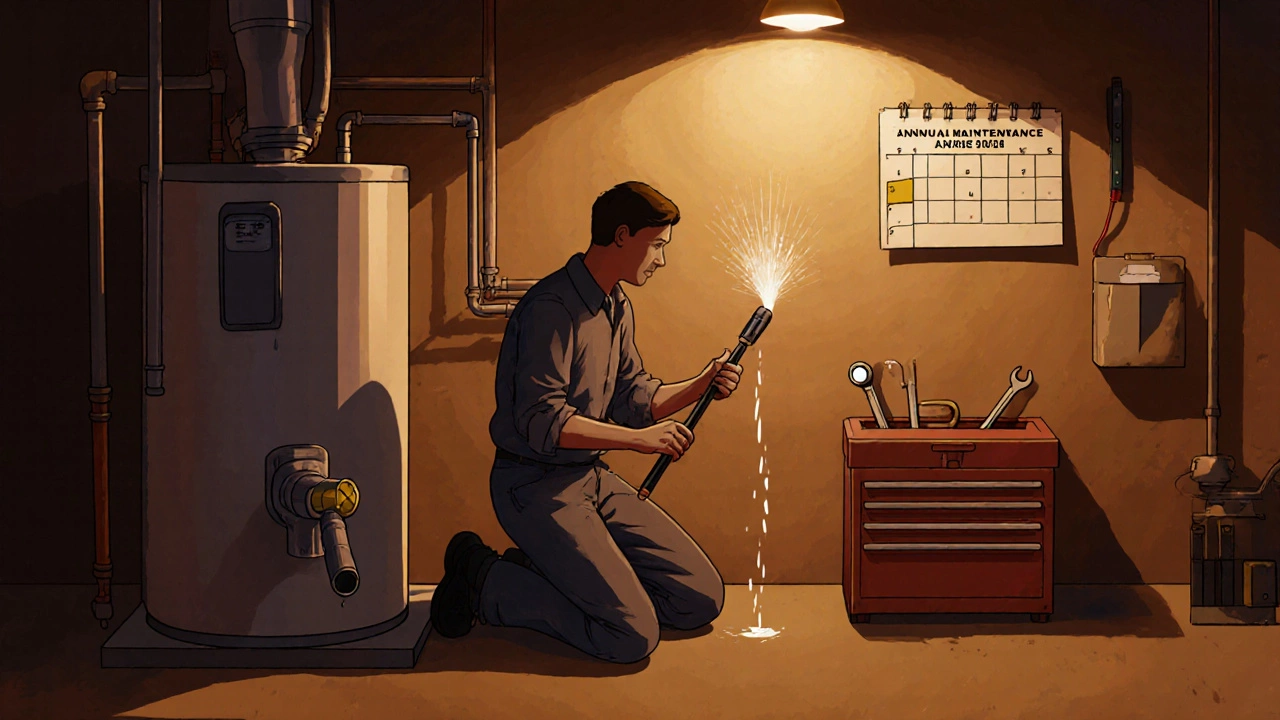
Preventive Maintenance Checklist
- Test the pressure‑relief valve every 6 months.
- Inspect the anode rod annually; replace if more than 50% consumed.
- Flush the tank at least once a year to remove sediment.
- Check the thermostat settings; 120 °F (49 °C) balances comfort and energy use.
- Listen for unusual noises; early detection saves money.
Key Takeaways
- Most sudden failures boil down to power loss, heating element/pilot issues, or safety switches.
- Simple checks-breaker reset, element test, pilot relight-can solve many problems.
- Regular flushing and anode‑rod inspection dramatically extend tank life.
- When gases, wiring, or tank integrity are involved, call a licensed plumber or electrician.
Frequently Asked Questions
Why does my hot water heater make popping noises?
Popping usually means sediment has settled at the bottom of the tank. When the heating element or burner heats that layer, steam bubbles pop, creating the noise. Flushing the tank removes the sediment and stops the noise.
Can I replace a faulty thermostat myself?
If the unit is electric and you’re comfortable working with a multimeter, you can replace a thermostat. Turn off the breaker, disconnect the wires, and snap in the new part. For gas models, it’s safer to let a professional handle it.
How often should I flush my water heater?
At least once a year, preferably before the winter months when demand spikes. If you have hard water, consider flushing twice a year.
What does a tripped high‑temp cut‑off feel like?
The heater will stop heating altogether, even though power or gas is still on. You may see a blinking LED on newer units. Resetting the cut‑off is possible, but if it trips again, the heating element or thermostat is likely failing.
Is a leaking tank something I can fix?
Unfortunately, a leaking tank usually means the inner lining has corroded. The only safe remedy is to replace the entire unit.
